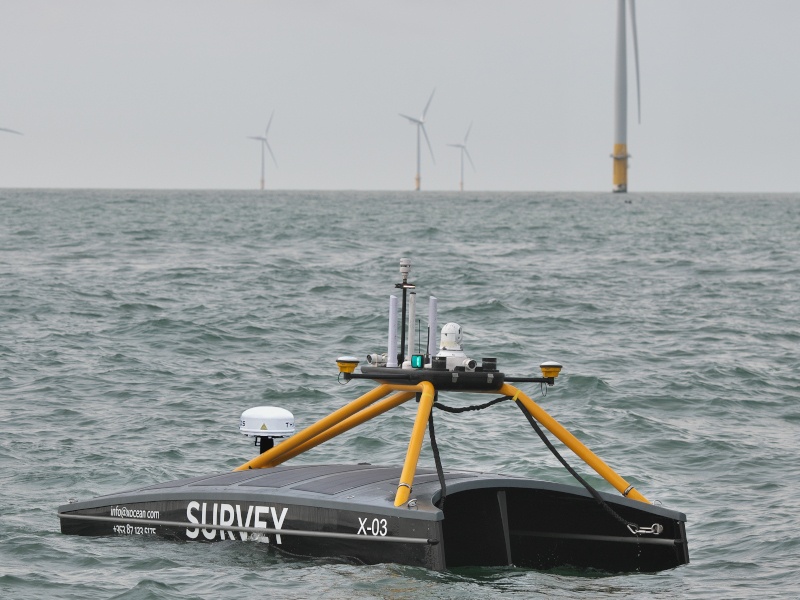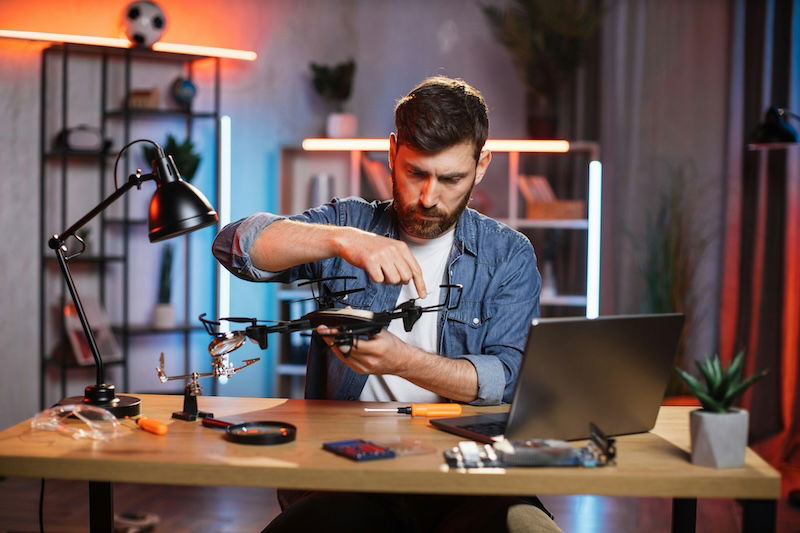
We are absolutely, without a doubt, 100% in an Artificial Intelligence bubble. I’m far from the first to call it, but am vindicated by the chorus of voices joining in to say “well hold on a minute” when reading about the hundreds of billions being spent on AI infrastructure. In fact, “serious” financial players are starting to scrutinize big tech’s CAPEX — money spent on long-term assets like buildings or equipment to grow a business, — with recent commentary from Goldman Sachs (“Gen AI: Too Much Spend, Too Little Benefit?”) and Sequoia Capital (“AI’s $600B Question”) on AI’s ROI potential.
AI costs as much to build as Italy’s GDP and is less profitable than running Tinder
Some of the best sources out there estimate that about 90 GW of compute (the capacity to train, fine-tune and execute algorithms) will exist worldwide by the end of 2024, with less than 20% being attributed to AI. That number will likely reach close to 190 GW by 2030… with around 40% attributed to AI. Since it costs about c.20B$ in CAPEX to build 1GW of AI capacity (assuming the majority of new builds use GPUs), we’re saying that $2tn will be spent in the next 5 years. That’s about the same as Italy’s GDP, for reference.
Those are massive numbers. Tech giants will be the main spenders, at about $1tn. In fact, AMZN, MSFT, GOOGL and META spent a combined $53B CAPEX in Q2 2024, 60% more than Q2 2023 (or approx. $200B a year).

History does not repeat, but it does rhymes. Infrastructure spending on the last massively transformational technology (the Internet) was $213B in today’s dollars at its 2000 peak. Right before the dotcom crisis.

A lot of tech giants’ current valuation (and thus part of their funding) is currently heavily reliant on AI performing and bringing high returns. But they have little to show for their spending. OpenAI (the makers of ChatGPT) will have only $4B revenues in 2024, for $9B costs. Tinder makes more money than that… and is actually profitable! And neither build expensive AI infrastructure. OpenAI projects $100B revenues by 2029, hitting profitability that year, but this seems like wishful thinking.
AI revenues are likely to continue to be constrained for many years to come. Energy infrastructure limitations (look at Northern Virginia) will take years to overcome. In fact the U.S. power grid needs the equivalent of three New York Cities by 2030 to accommodate the expected growth. Meanwhile, regulations will act as a natural break to new data-center builds (look at Dublin). Skilled man-power to operate the infrastructure is also a topic to keep under consideration, as is data-centers’ water use (28 Olympic pools used to train an LLM). Once the market realises revenues are either far off, or may never materialise, the music will stop.
The Gold Rush Could End with a Whimper, Not a Bang
There is a bubble, and it will burst. The first signs will come from Nvidia (the company that makes Silicon chips that power data-centers): the current AI field is constrained by limited GPU resources, essential for training advanced models. Right now, each new generation of Nvidia chips is roughly three times more powerful, but only 50% more expensive. That means we will be able to 9X capacity by 2025 at 4X the cost. So, while demand is outpacing supply today, it is likely that won’t be the case for long. If a path to profitability is not found when that parity is reached, we will see GPU purchases reduced. Nvidia share will crash… and take others with it.
It’s however unlikely that a return to reality will in any way be as dramatic as 2000 / 2001 was. For starters, Amazon, Microsoft, Google, Meta, and Nvidia (the big AI players) have very little net debt. This means they wouldn’t be in too much financial trouble if their shares crashed.

Additionally, it is a lot harder to build a data-center or an LLM than it was to build an internet company, so a lot fewer entities would fail. Many AI wrapper companies — which use foundation models to create business models —, and the VCs supporting them, will likely be wiped out when the bubble pops, but none of them are really public, so the impact on the economy would be minimal.
Finally, the entire AI build-up so has happened during a rate hike cycle. This likely helped prevent the worst of speculative tendencies. Why or how is likely a story for another article (or book).
The Bubble Doesn’t Matter
But… none of the above really matters. If one company is able to create General Artificial Intelligence, the money sunk into the endeavour will be irrelevant. By definition, such a technology would be so over-powered that all other players would be more or less forever relegated to distant number two… if the capitalistic system is still the paradigm we continue to operate under. That why OpenAI CEO Sam Altman says “Whether we burn $500 million a year or $5 billion — or $50 billion a year — I don’t care, I genuinely don’t. As long as we can figure out a way to pay the bills, we’re making AGI. It’s going to be expensive.” He’s not being altruistic. He just understands that the survival of OpenAI relies on going all in.
Given the potential, the sin for any company would be not to try.
There were many, many losers in 2001. But the winners are the giants that walk among us today… and are some of the most powerful economical entities the world has ever seen. I see no reason why this would not happen here again, as AI, just like the Internet, clearly has transformative potential.
In fact, it may be a net positive that companies are spending so much to build an AI infrastructure. The dotcom bubble was rough, sure, but the era’s over-build led to a glut in fibre that took almost a decade to backfill. Cheaply. The corpses of failed companies are the backbones of the digital world we know today.
Don’t take my words for it. The economist and MIT professor Daron Acemoglu recently wrote “Given the focus and architecture of generative AI technology today… truly transformative changes won’t happen quickly and few — if any — will likely occur within the next 10 years.”
We are in a bubble. It will pop. Bad companies will disappear. Good ones will thrive. And hopefully we’ll all be better off for it. That last part is the one unknown, but 99% of the world’s successes have come from betting on something, not against it. Fingers crossed.









Leave a Comment